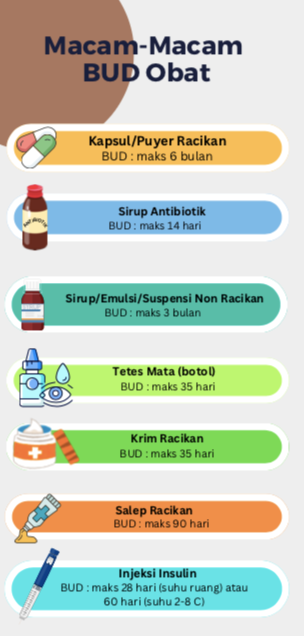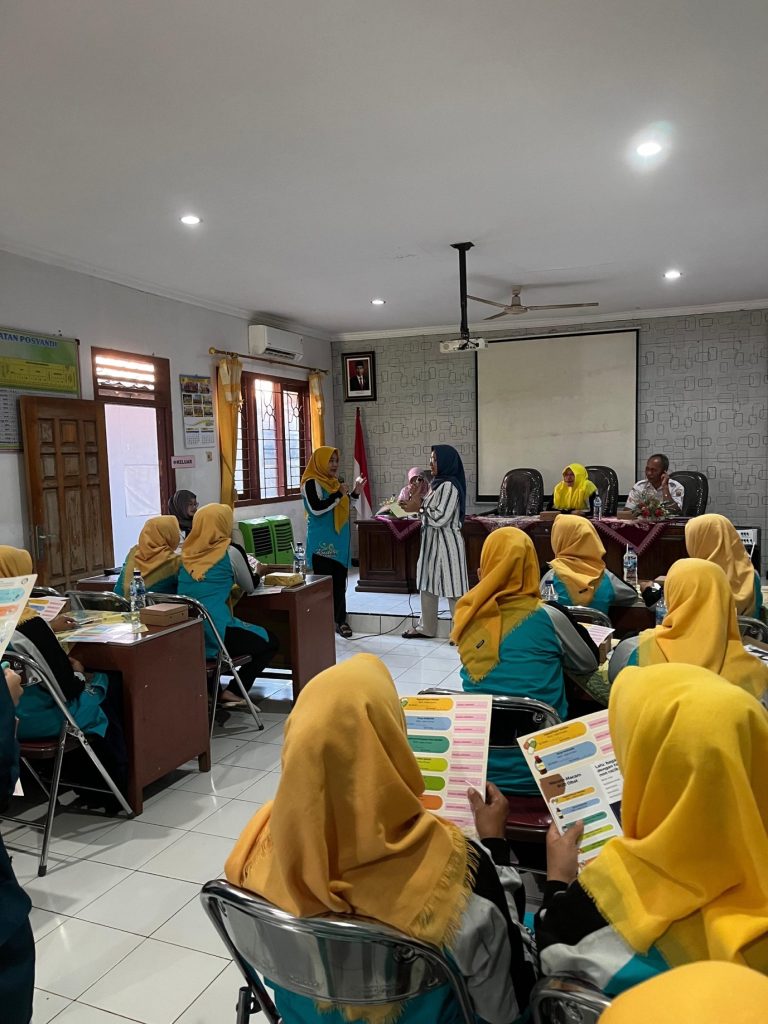Sentul Village is one of the villages located in Gringsing District, Batang Regency. Many residents still do not understand the difference between the Expiration Date (ED) and Beyond Use Date (BUD) of medicines. Therefore, the Pharmacy Study Program at FK Undip, represented by Mrs. apt. Ragil Setia Dianingati, S.Farm., M.Sc., and Mrs. apt. Eva Annisaa’, S.Farm., M.Sc., provided an educational session on the differences between ED and BUD to the Posyandu cadre mothers and village officials of Sentul.
The Expiration Date (ED) refers to the time limit for using the medicine after it is produced by the manufacturing industry, before its primary packaging is opened. The ED information is always listed on the product packaging, including the primary, secondary, and tertiary packaging. The ED is determined by the pharmaceutical industry. Meanwhile, the Beyond Use Date (BUD) refers to the maximum storage period, especially for compounded medicines or other packaged drugs. Medicines should not be stored or used beyond the specified date, which is calculated from the date or time the medicine was compounded or removed from its primary packaging. The BUD is determined by the pharmacist.

Primary packaging refers to the packaging that is in direct contact with the medicine. Examples include strips, syrup bottles, cream tubes, vials, ampoules, and others. Compounded medicines refer to medicines that are prepared according to compounding guidelines to meet specific medical needs of patients. Examples of compounded medicines include divided powders (puyer), compounded creams, compounded syrups, and compounded capsules.
So, what about non-compounded tablets/capsules? Their BUD follows the expiration date listed on the packaging as long as the medicine has not been opened or removed from its packaging. However, it is important to note that if the packaging is damaged, or if there is a change in color, odor, or if the medicine becomes watery, it should not be consumed and must be discarded immediately.


